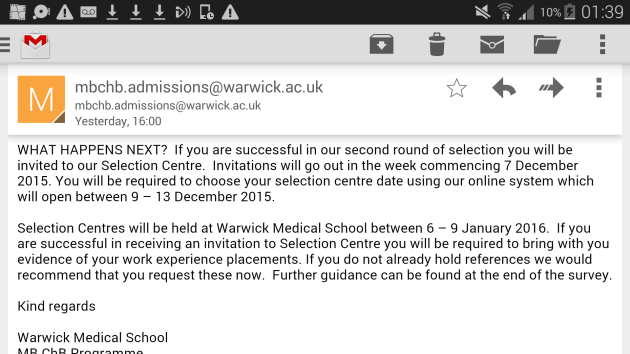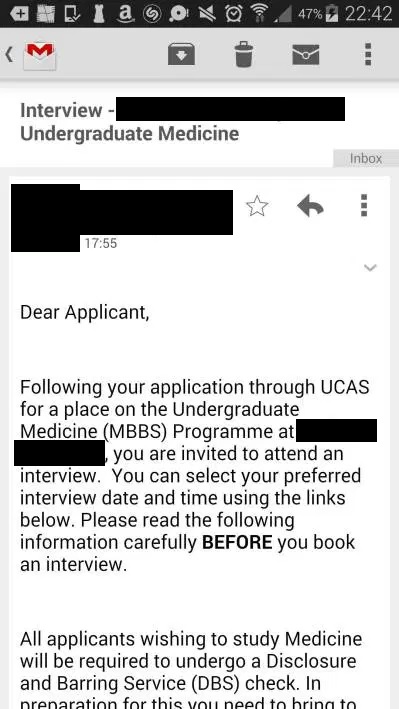I’m very aware that the next application round is gearing up, and people are preparing for their GAMSATs again. The essay section was the part that I did very well in, I managed to score a 75, so I thought I’d share one of my two horribly pretentious preparation essays.
I generally followed the format in the Griffith’s GAMSAT book with a couple of twists; I hope this can be of some help to new applicants:
Compared to the European tradition, does modern art have any value?
Modern art is a very divisive issue(I appreciate that there is more than one point of view); I will be discussing what value it has in relation to art in the European tradition(Brief essay plan).
For hundreds of years, when people talked of ‘art’ they meant a work crafted by a master. Who, himself, would have spent thousands of hours learning the skills necessary to become a leader in his field. Very often, these works would be of incredible beauty and have a huge intellectual depth. This is in contrast to much of modern art; how many hours, for example, would it take to learn how to ‘craft’ Tracey Emin’s disgusting bedroom? Similarly, if we look to another form of art, classical music; how much craftsmanship went into John Cage’s piece which is completely silent?(Brief sketch of point of view 1)
On the other hand, Immanuel Kant said that the value in art is found in the perception of the viewer; so, if at a personal level, one found John Cage’s blank pages deeply moving, through Kant’s eyes that would have some value. Alternatively, value may be found in the release of the artist who creates the work, no matter how little mastery of the craft they have.(Brief sketch of point of view 2)
I find myself siding with the view that art of the European tradition has significantly more value than modern art, however this is not to say that modern art has no value. (My point of view)
The subjectivity of modern art devalues it. It is impossible to tell if one is parodying the subject, or sincerely believes that what they have created is a work of art. For example, if an artist were to place two toilet rolls on top of each other, she would have every right to call it ‘modern art’. She could claim it represented the ‘delicate balance of good and evil in the world’, and who would anyone be to contradict her? This work could have taken a sum total of 10 seconds to complete, and the ‘artist’ may have watched a two minute Youtube video for inspiration. This is in contrast to Leonardo Da Vinci, who studied for many years, and even dissected cadavers to better understand the human form. Some of his works took months to complete, and to put his work in the same category as our toilet roll artist example above is obscene. (Support for my point of view i)
Furthermore, if we think of ‘art’, we think of something special, often unique. Contrastingly, if we look more closely at the Turner award winning artwork found in Tracy Emin’s bedroom, we find something that anyone of us could aspire to, and could quite feasibly achieve. We could not say the same of the quality found in Caravaggio’s ‘St Jerome’ though. Much modern art is simply too easy to create. (Support for my point of view ii)
In conclusion, while beauty is in the eye of the beholder, and many modern artists may find value in expressing their own art, art in the European tradition cannot but hold more value. Simply, art in the European tradition requires talent and hard work, modern art does not. (Summary: finding some merit in the opposing view at the same time as cementing your own point)



